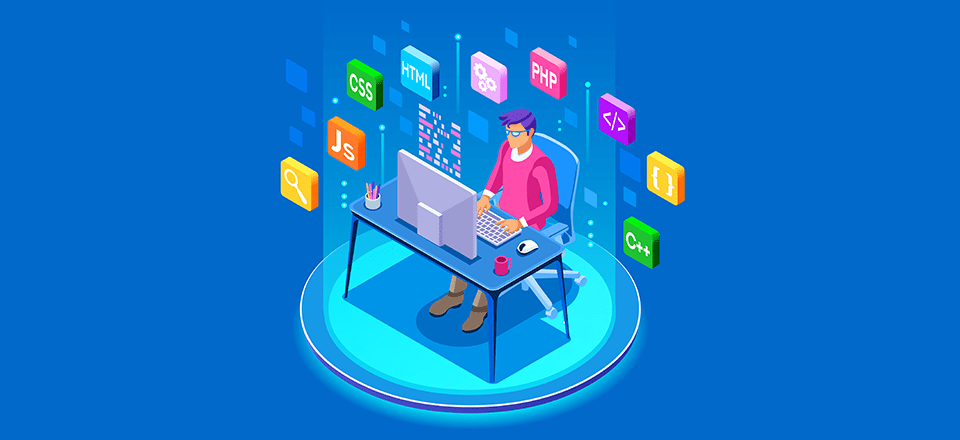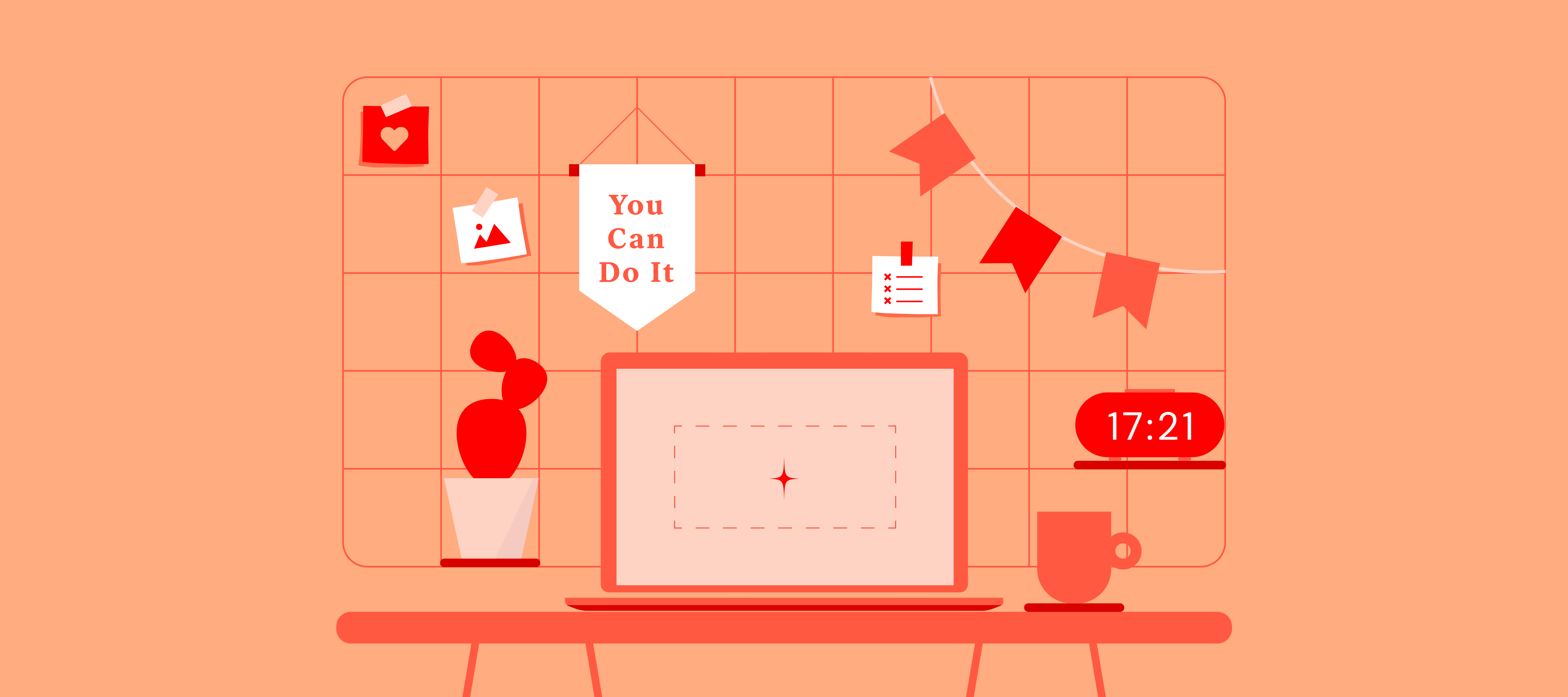All Categories
Featured
Table of Contents
- – 10 Principles Of Good Web Design - Smashing Ma...
- – What Does A Web Designer Do? - Careerexplorer...
- – Responsive Web Design - A List Apart Tips and...
- – Design Principles - U.s. Web Design System (U...
- – Web Design - The First 100 Years - Idle Words...
- – Html Responsive Web Design - W3schools Tips a...
- – 53 Web Design Tools To Help You Work Smarter...
- – Website Design - Best Ecommerce Web Design B...
- – Web Design Vs. Web Development - Upwork Tips...
- – Learn Web Design With Online Courses, Classe...
- – 53 Web Design Tools To Help You Work Smarter...
10 Principles Of Good Web Design - Smashing Magazine Tips and Tricks:
Quick summary Use and the energy, not the visual style, figure out the success or failure of a site. Because the visitor of the page is the only person who clicks the mouse and for that reason decides everything, user-centric design has established as a standard approach for effective and profit-oriented web style - web design frederick md.
and the energy, not the visual design, identify the success or failure of a site. Because the visitor of the page is the only individual who clicks the mouse and therefore decides everything, user-centric style has ended up being a standard approach for effective and profit-oriented website design. After all, if users can't utilize a feature, it may as well not exist.
g. where the search box must be placed) as it has actually already been carried out in a number of articles; rather we concentrate on the methods which, used properly, can lead to more sophisticated style decisions and streamline the procedure of perceiving provided details. Please see that you may be interested in the usability-related articles we've published before: Principles Of Great Site Style And Effective Website Design Guidelines, In order to utilize the concepts properly we initially require to comprehend how users engage with sites, how they believe and what are the fundamental patterns of users' habits.
What Does A Web Designer Do? - Careerexplorer Tips and Tricks:
Visitors look at each new page, scan some of the text, and click on the very first link that captures their interest or vaguely looks like the thing they're searching for. There are big parts of the page they don't even look at. Many users look for something fascinating (or beneficial) and clickable; as quickly as some appealing prospects are found, users click.
If a page provides users with top quality material, they are prepared to jeopardize the material with advertisements and the style of the site. This is the reason that not-that-well-designed websites with premium content get a great deal of traffic over years. Material is more essential than the design which supports it.

Very basic principle: If a site isn't able to fulfill users' expectations, then designer stopped working to get his task done properly and the company loses cash. The higher is the cognitive load and the less intuitive is the navigation, the more prepared are users to leave the website and search for alternatives.
Responsive Web Design - A List Apart Tips and Tricks:
Neither do they scan web page in a direct fashion, going sequentially from one site area to another one. Rather users satisfice; they choose the very first sensible choice. As quickly as they find a link that looks like it may cause the objective, there is an excellent chance that it will be instantly clicked.
It doesn't matter to us if we understand how things work, as long as we can use them. If your audience is going to act like you're designing signboard, then style terrific signboards." Users want to be able to manage their browser and count on the consistent information discussion throughout the site.
If the navigation and website architecture aren't intuitive, the number of enigma grows and makes it harder for users to understand how the system works and how to get from point A to point B. A clear structure, moderate visual ideas and easily recognizable links can help users to find their path to their goal.
Design Principles - U.s. Web Design System (Uswds) Tips and Tricks:

Given that users tend to check out websites according to the "F"-pattern, these three statements would be the very first components users will see on the page once it is filled. The design itself is basic and intuitive, to understand what the page is about the user needs to search for the answer.
Once you have actually accomplished this, you can communicate why the system is useful and how users can take advantage of it. People will not use your website if they can't discover their way around it. 2. Do Not Misuse Users' Perseverance, In every project when you are going to provide your visitors some service or tool, try to keep your user requirements minimal.
Newbie visitors are willing to, not filling long web types for an account they might never utilize in the future. Let users check out the website and find your services without forcing them into sharing personal information. It's not affordable to force users to enter an email address to evaluate the function.
Web Design - The First 100 Years - Idle Words Tips and Tricks:
And that's what you desire your users to feel on your web website. The registration can be done in less than 30 seconds as the type has horizontal orientation, the user doesn't even need to scroll the page.
A user registration alone is enough of an impediment to user navigation to minimize inbound traffic. 3. Manage To Focus Users' Attention, As websites offer both fixed and dynamic content, some elements of the user interface attract attention more than others do. Clearly, images are more eye-catching than the text just as the sentences marked as vibrant are more attractive than plain text.
Focusing users' attention to specific locations of the site with a moderate usage of visual elements can assist your visitors to get from point A to point B without thinking about how it actually is supposed to be done. The less concern marks visitors have, the they have and the more trust they can develop towards the company the website represents.
Html Responsive Web Design - W3schools Tips and Tricks:
Make Every Effort For Function Exposure, Modern web styles are typically slammed due to their technique of directing users with aesthetically appealing 1-2-3-done-steps, big buttons with visual impacts and so on. From the style perspective these components actually aren't a bad thing.
The site has 9 primary navigation alternatives which are visible at the first glimpse. The option of colors might be too light, though. is an essential concept of successful user interface style. It doesn't truly matter how this is achieved. What matters is that the material is well-understood and visitors feel comfortable with the method they interact with the system.
com gets directly to the point. No adorable words, no exaggerated statements. Rather a cost: simply what visitors are searching for. An ideal solution for effective writing is touse brief and succinct expressions (come to the point as rapidly as possible), usage scannable design (categorize the material, use multiple heading levels, utilize visual components and bulleted lists which break the flow of consistent text blocks), usage plain and unbiased language (a promotion doesn't need to seem like advertisement; give your users some affordable and objective reason why they ought to utilize your service or remain on your website)6.
53 Web Design Tools To Help You Work Smarter In 2022 Tips and Tricks:
Users are seldom on a website to enjoy the design; in addition, most of the times they are searching for the info despite the style - web design frederick md. Pursue simpleness rather of intricacy. From the visitors' viewpoint, the finest site style is a pure text, without any advertisements or further content blocks matching precisely the question visitors utilized or the material they've been looking for.
Finch clearly provides the information about the website and offers visitors a choice of options without overcrowding them with unnecessary content. 7. Do not Hesitate Of The White Area, In fact it's actually hard to overstate the significance of white area. Not just does it help to for the visitors, however it makes it possible to perceive the details presented on the screen.
Complex structures are more difficult to check out, scan, evaluate and work with. If you have the choice between separating 2 style segments by a visible line or by some whitespace, it's typically much better to use the whitespace service. (Simon's Law): the much better you manage to offer users with a sense of visual hierarchy, the much easier your material will be to perceive.
Website Design - Best Ecommerce Web Design By Shopify Tips and Tricks:
The very same conventions and guidelines ought to be used to all elements.: do the most with the least amount of cues and visual components. Clearness: all parts ought to be created so their significance is not uncertain.
Conventions Are Our Friends, Conventional design of site aspects does not result in an uninteresting website. As they lower the finding out curve, the need to figure out how things work. For example, it would be an usability problem if all websites had different visual presentation of RSS-feeds. That's not that different from our routine life where we tend to get used to standard concepts of how we arrange information (folders) or do shopping (positioning of products).
comprehend what they're anticipating from a site navigation, text structure, search placement etc. A typical example from usability sessions is to equate the page in Japanese (presuming your web users do not know Japanese, e. g. with Babelfish) and offer your usability testers with a task to find something in the page of various language.
Web Design Vs. Web Development - Upwork Tips and Tricks:
Steve Krug recommends that it's much better to, however benefit from conventions when you do not. 10. Test Early, Test Frequently, This so-called TETO-principle needs to be applied to every web design project as usability tests typically offer into significant problems and concerns associated with a provided layout. Test not too late, not insufficient and not for the incorrect reasons.
Some crucial indicate keep in mind: according to Steve Krug, and testing one user early in the task is better than screening 50 near the end. Accoring to Boehm's very first law, mistakes are most frequent throughout requirements and style activities and are the more costly the later they are gotten rid of.
That indicates that you create something, test it, repair it and then test it again. There may be issues which have not been discovered throughout the very first round as users were practically obstructed by other issues.
Learn Web Design With Online Courses, Classes, & Lessons Tips and Tricks:

This holds for designers too. After you have actually dealt with a website for few weeks, you can't observe it from a fresh perspective any longer. You know how it is constructed and for that reason you know exactly how it works you have the knowledge independent testers and visitors of your website wouldn't have.
It can be linked to other locations such as graphic style, user experience, and multimedia arts, however is more appropriately seen from a technological standpoint. It has actually ended up being a large part of individuals's daily lives. It is tough to think of the Internet without animated graphics, various designs of typography, background, videos and music.

During 1991 to 1993 the World Wide Web was born. Text-only pages might be viewed using a simple line-mode internet browser. There had been no integrated method to graphic design elements such as images or sounds.
53 Web Design Tools To Help You Work Smarter In 2022 Tips and Tricks:
The W3C was produced in October 1994 to "lead the Web to its full capacity by establishing typical procedures that promote its evolution and ensure its interoperability." This prevented any one business from monopolizing a propriety internet browser and programs language, which could have modified the impact of the World Wide Web as a whole.
As this has taken place the technology of the web has actually also moved on. There have also been substantial changes in the way individuals utilize and access the web, and this has actually changed how websites are designed.
Learn more about Lovell Media Group LLC or TrainACETable of Contents
- – 10 Principles Of Good Web Design - Smashing Ma...
- – What Does A Web Designer Do? - Careerexplorer...
- – Responsive Web Design - A List Apart Tips and...
- – Design Principles - U.s. Web Design System (U...
- – Web Design - The First 100 Years - Idle Words...
- – Html Responsive Web Design - W3schools Tips a...
- – 53 Web Design Tools To Help You Work Smarter...
- – Website Design - Best Ecommerce Web Design B...
- – Web Design Vs. Web Development - Upwork Tips...
- – Learn Web Design With Online Courses, Classe...
- – 53 Web Design Tools To Help You Work Smarter...
Latest Posts
Responsive Webdesign Frederick MD
Web Design - Uci Division Of Continuing Education Tips and Tricks:
Web Design Software By Xara Tips and Tricks:
More
Latest Posts
Responsive Webdesign Frederick MD
Web Design - Uci Division Of Continuing Education Tips and Tricks:
Web Design Software By Xara Tips and Tricks: